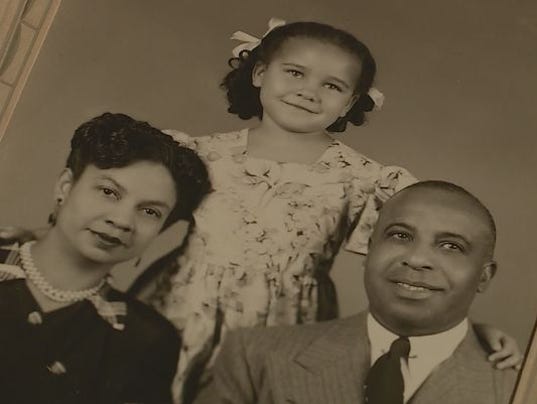Dolezal, Jenner raise fundamental questions about identityPosted in Articles, Identity Development/Psychology, Media Archive, Passing, United States on 2015-07-06 01:20Z by Steven |
Dolezal, Jenner raise fundamental questions about identity
The Boston Globe
2015-06-16
Farrah Stockman, Globe Staff
Finally, Rachel Dolezal — the self-identified black daughter of two Caucasian parents — has spoken. And finally, she was asked a question I’ve been wondering for days: When did it start?
“At a very young age,” she replied. “About 5 years old, I was drawing self-portraits with the brown crayon instead of the peach crayon.”
It’s impossible not to be reminded of how Bruce — now Caitlyn — Jenner answered a similar question: When did you know? Jenner talked about sneaking into her mother’s closet as an 8-year-old boy to dress up in her clothes.
Comparisons between Jenner, who recently appeared on the cover of Vanity Fair as a woman, and Dolezal, who just resigned as a local leader of the NAACP after her parents outed her as white, have spawned a cottage industry of jokes and memes.
But I have yet to read a real answer to the underlying challenge these two people pose to identity in America today: If we accept that gender is fluid — a reflection of some inexplicable spiritual thing inside of us — why not race? Why do we police the boundaries of blackness more rigorously than we police womanhood?
The general consensus seems to be that as much as we want to do away with racial differences and as deeply as we believe in race as a social construct, we can’t accept Dolezal as a black woman trapped in a spray-tanned blonde’s body…
Read the entire article here.



